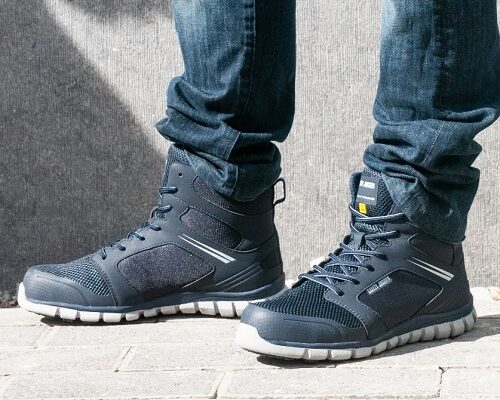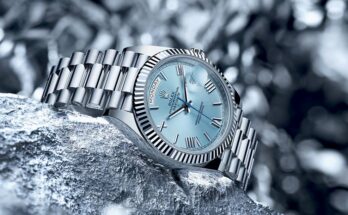When it comes to the footwear that will safely navigate you through tough and hazardous work conditions, you should never leave out the question: “What do these actually weigh?” That’s because, while it’s undeniable they should protect your precious and vulnerable toes and metatarsal bones, keep you gripped to the slippery surface and guard against penetration and chemicals, your work shoes also need to feel like shoes rather than a couple of bricks tied to your feet.
The answer? Safety trainers.
In a nutshell, what the modern phenomenon of workplace footwear that has become known as safety trainers have managed to achieve is precisely the combination of protective features you want with three major differences to the typical work boot:
* They look like ‘normal’ stylish shoes in the style of your choosing
* They’re comfortable
* They’re lightweight.
The benefit that gets all the attention, unsurprisingly, is that safety trainers manage to combine practical and regulatory-demanded protection with an attractive and familiar footwear platform that your all-important workers won’t despise. But RS Components’ safety trainers extend well beyond that:
1. Comfort
Style is one thing, but comfort is even more crucial. And it’s more than just replacing those hefty steel-toe boots with a lighter package that still looks after the precious toes because overall weight savings equate to greater workers’ efficiency by keeping pressure on your feet to an acceptable minimum.
Foot, ankle, knee and even lower back injuries can be directly attributable to long-term use of clunky work boots, challenging the old notion that “the heftier the protection, the better”.
2. Padding
Often, the most robust of work footwear achieve impressive protection, to the detriment of one vital quality, as outlined above: comfort. The primary reason for this is the dearth of padding, which is typically light at best. But those needing all-day protection are typically on their feet all day, moving designers of modern safety trainers to ensure padding throughout, including collars and tongues, is not an afterthought.
Additionally, many of the most important safety features, such as toe protection, is made of special lightweight counterpart materials like incredibly strong composites and alloys.
3. Mix and match
Finally, while work boots are typically the footwear equivalent of a Mack Truck that is equipped for the longest and toughest haul, there are plenty of applications, workplaces and scenarios in which a ‘lighter touch’ is far more appropriate. Therefore, the headline benefit of safety trainers is not the comfort, style or even the ability to bundle it in a protective package, but the impressive versatility and diversity of the product range.
In effect, manufacturers select a stylish basic platform and then offer an impressively varied combination of protective features, to meet not only the corresponding work conditions but also any recipe of features from a regulatory point of view. Need toe protection and little else? Non-slip and chemical-resistant but nothing else? Suitable for electrical hazards with a women’s fit?
No matter the workplace or scenario, no longer is it necessary to soldier on with a clunky footwear solution – choose your bespoke combination of protective features and preferred style and your workers will be getting busy with a serious spring in their step! Need help matching your requirements to the perfect lightweight safety trainers? Get in touch with our industry experts for guidance.
Guest Post Service By www.guestarticlehouse.com




